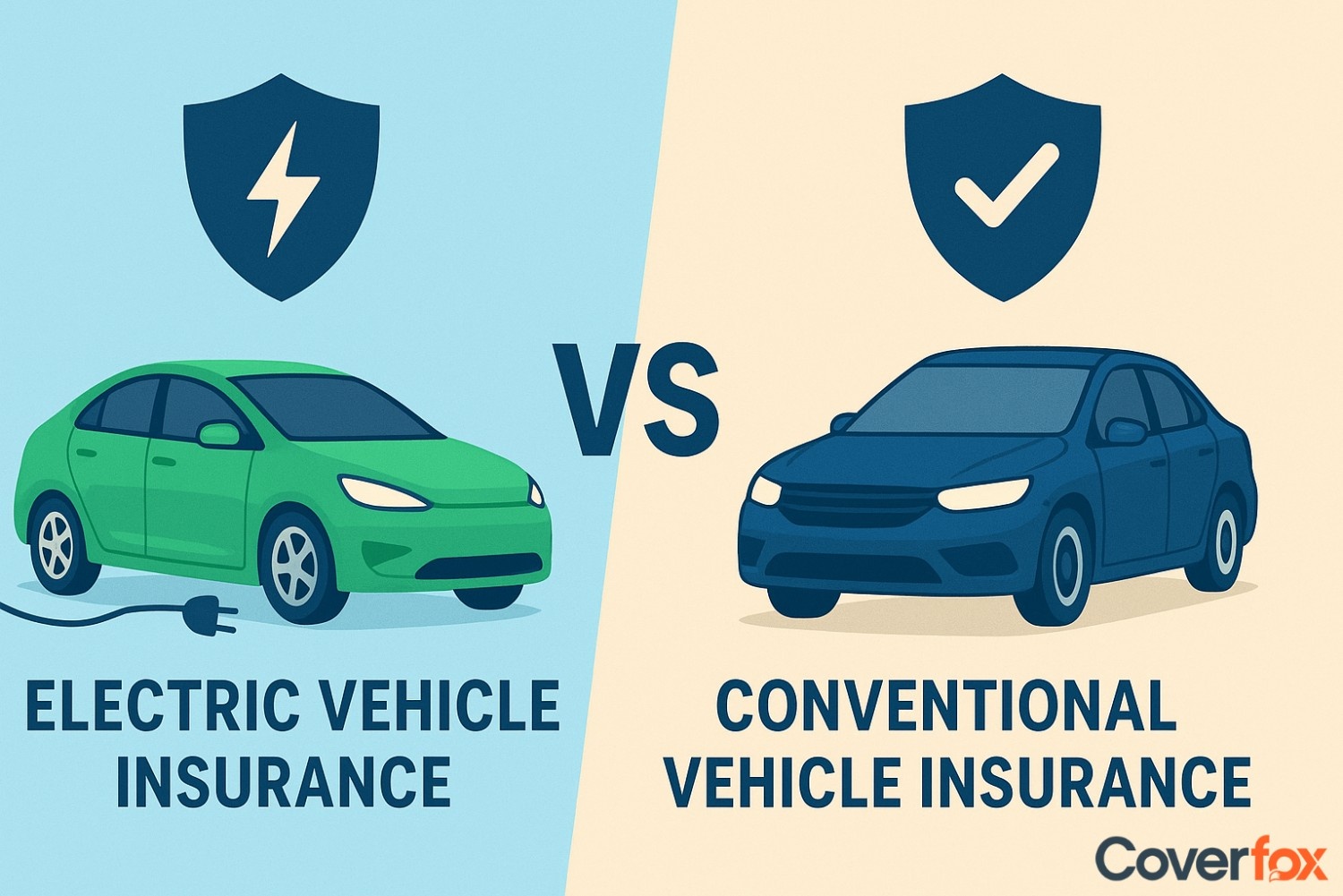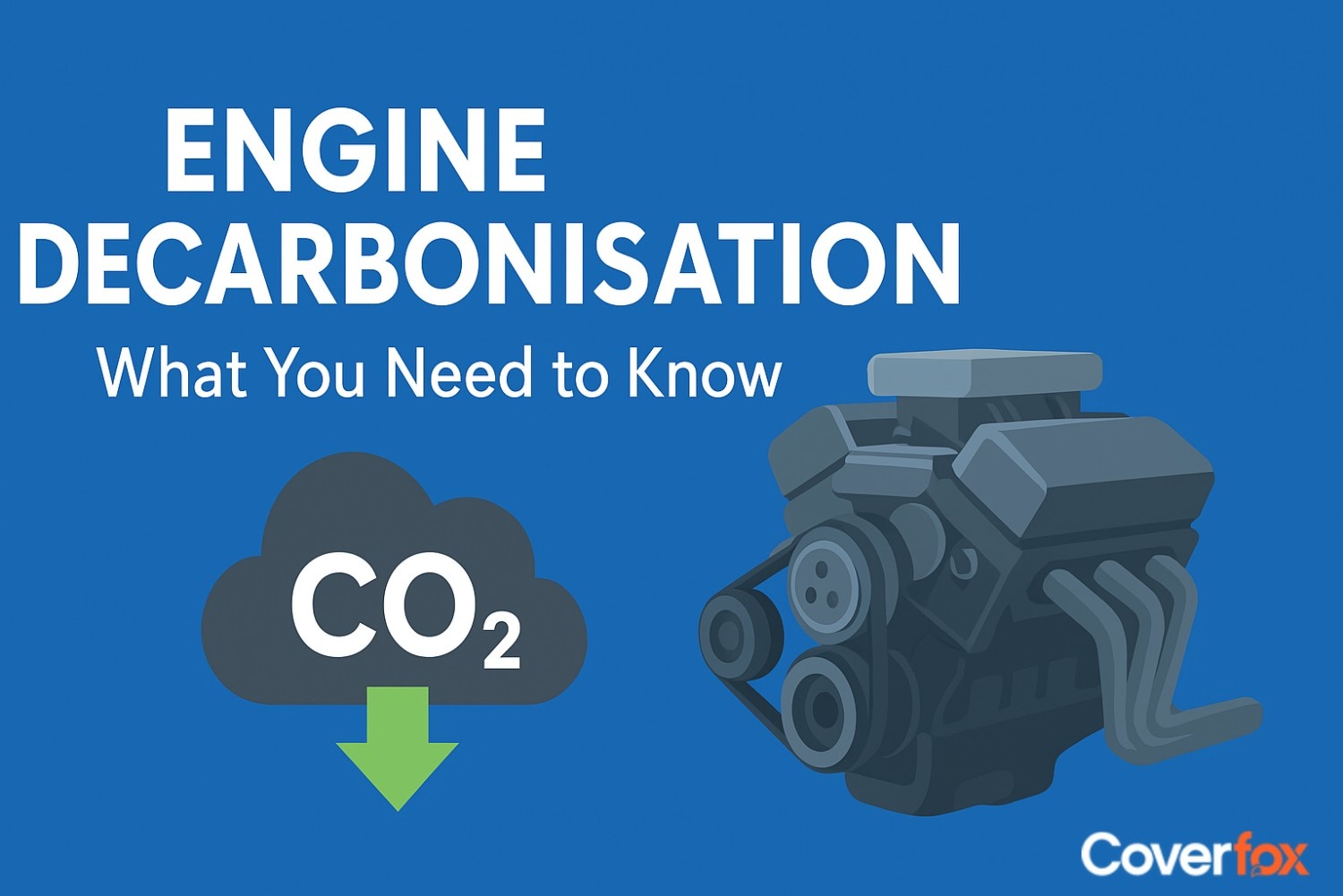In the search for more environmentally friendly and sustainable vehicles in the auto industry, flex-fuel vehicles are a great option to reduce dependence on fossil fuels and support green energy.

Flex-fuel vehicles, usually called FFVs, are vehicles built with smart and innovative technology. They offer a promising path towards carbon combustion and promote green energy. In this article, light is shed on how FFVs work, what their pros and cons are, etc.
What are Flex-Fuel Vehicles?
Flex-fuel vehicles, or FFVs, are built with the special technology that allows their engine can run on more than one type of fuel, like E85 (the most common blend with 15% petrol and 85% ethanol) or E20. They run on a blend of two basic fuels: petrol (gasoline) and ethanol. They are made with unique sensors and an engine control system that automatically adjusts itself to the fuel mixture which is being used and makes sure that the vehicle runs smoothly without any hassle. As ethanol is cleaner than petrol, FFVs use ethanol so that fewer greenhouse gases are produced. This invention helps us move towards green energy and become eco-friendly.
How do Flex-Fuel Vehicles Work?
Here is a step-by-step guide on how FFVs work:
1. Fuel Input
FFVs are uniquely constructed so that they accept more than one type of fuel, like petrol and ethanol blends.
2. Fuel Detection
A special sensor in FFVs detects the ratio proportion of the blend and then sends a signal to the ECU (Electronic Control Unit) about the updates of the fuel blend.
3. ECU Adjustment
The Electronic Control Unit (ECU) adjusts its settings according to the signal provided by the sensor. Also ECU raises the fuel flow when needed as ethanol requires more fuel per unit of energy.
4. Cold Start Support
In low temperatures, FFVs face issues in starting as ethanol burns cooler. Hence, they include cold start mechanisms to ensure smooth ignition.
5. Optimised Combustion
In FFVs the driver doesn’t need to make any adjustments after starting the engine once. They smoothly run on any fuel blend.
6. Emission and Power
FFVs decrease carbon combustion as they run on ethanol blends. The engine management system sees to it that power delivery remains the same no matter the fuel used.
Main Components of Flex-Fuel Technology
FFVs are created with special components by which they can handle various blends of petrol and ethanol easily. These are the following components used in it:
Fuel Sensor
Engine Control Unit (ECU)
Fuel Injection System
Corrosion-Resistant Fuel Lines and Components
Emission Control Systems
This sensor firstly detects the amount of petrol and ethanol in the blend and then sends it to the ECU, and later the smart engine understands and changes its settings accordingly.
The ECU is the heart of the system, as it processes all the information received from the fuel sensor and then adjusts its settings for the smooth running of the vehicle.
Modified to handle ethanol’s chemical properties, this system delivers the correct amount of fuel to the engine based on the blend ratio, helping maintain smooth performance.
As ethanol burns more cleanly than petrol, FFVs usually use stainless steel and ethanol-resistant rubber, which acts as a damage control to the fuel system.
These systems have oxygen sensors and catalytic converters, which can help in decreasing emissions by ensuring the complete and clean combustion of blend mixtures.
Benefits of Using Flex-Fuel Vehicles
FFVs are growing rapidly as they provide us with many benefits, and nowadays people usually prefer to use FFVs. Here are some reasons why:
Cleaner Emissions
Smart Performance
Fuel Choice
Supports Local Economy
Compared to petrol, ethanol burns in a cleaner form and hence helps in cleaner emissions, supporting the reduction of air pollution.
As the sensors of FFVs are built with smart technology, they instantly adjust the engine settings, detecting the blend mixture.
FFVs run on more than one type of fuel, and this allows you to choose your fuel blend, either with petrol or ethanol.
With special components and engine systems, it takes you towards green technology and also reduces oil imports, boosting agriculture.
Common Challenges Faced by Flex-Fuel Vehicles
Firstly, you saw the benefits of FFVs, but they also come with some disadvantages and challenges that pull them back from using them in India. They are:
1. Lower Mileage
Though using ethanol in FFVs gives you lots of benefits compared to petrol, it gives lesser efficiency and affects the mileage.
2. Limited Fuel Stations
Petrol-ethanol blends like E85 are difficult to find and hence are available at only a few stations.
3. Engine wear
As FFVs use ethanol as fuel, it is quite corrosive for some parts of the vehicle and can damage them.
4. Cold Start Issues
Ethanol used in FFVs requires more time to heat up as compared to petrol, and therefore, in colder temperatures, it is difficult to start them easily and quickly.
Flex-Fuel Vehicles and Government Policy
For promoting the vast use of flex-fuel vehicles in India and also for using the biofuel ethanol, the Government plays a huge role.
Ethanol Blending Targets
Support Farmer
Emission Control
By using some policies (The National Policy on Biofuels), the Government sets a target to use ethanol blend fuel like E20 by 2025, which can give rise to the use of FFV and reduce carbon emissions and oil imports.
As the Government encourages the use of FFVs and declares the policies, it can boost the ethanol production from crops, which helps in supporting the farmers of the country.
If the use of FFVs is promoted, it leads to more use of ethanol and helps in controlling emissions from harmful fuels.
Flex-Fuel Vehicle Options Available in India
In India, the following are the Flex-fuel vehicle options available (E20 compatible):
- Honda: City, Amaze, Elevate, City e: HEV
- MG Motors: Astor (1.5L petrol variant)
- Maruti Suzuki: Grand Vitara (and full lineup by Mar 2023)
- Hyundai: Creta, Venue, Alcazar
- Skoda: Kushaq, Taigun
- Tata Motors: Astor (1.5 L petrol variant)
Who Should Buy Flex-Fuel Vehicles (FFVs)?
FFVs are perfectly smart inventions for environmentally conscious people who take care of self actions so as not to harm nature by polluting it. People living in areas where ethanol is easily available, and people looking to reduce fuel costs over time.
Ownership Tips for Flex-Fuel Vehicles:
Use the right blend
Maintain regularly
Check fuel availability
Drive smart
It's important to use the fuel blend suggested by your manufacturer (like E10 or E20).
As ethanol is corrosive to some extent, regular servicing of the vehicle is required.
Before heading for a long route or long ride, make sure that ethanol-based fuel is available on your route and you can access it easily.
Ethanol offers a bit lower mileage than petrol. So we must drive smoothly for a better experience.
Impact on Resale Value
Recently, FFVs may have an average to a bit lower resale value due to limited awareness and infrastructure. However, as ethanol adoption grows and policies support clean fuels, resale values are likely to improve, especially for newer E20-compliant models.
Future of Flex-Fuel Vehicles
Flex-fuel vehicles are seen as a smart step toward cleaner, affordable, and more energy-independent transport.
Better Technology
Market Growth
Ethanol Expansion
Clean Energy Push
Global Collaboration
New engines are being developed to run smoothly on higher ethanol blends like E85 and even E100.
India’s flex-fuel vehicle market is expected to grow fast, with more models and demand by 2030.
The Government is boosting ethanol production using crops and farm waste to meet blending targets.
Flex-fuel vehicles will support India’s shift to greener fuels before full EV adoption.
India is learning from countries like Brazil and working through global biofuel alliances.
Key Takeaways
Countries like India are moving forward with more use of flex-fuel vehicles and growing towards green energy, reducing harmful emissions and polluting the environment. As FFVs offer more sustainability, fuel flexibility and practical transportation options, it becomes very important for people to reduce their dependence on fossil fuels. Though FFVs face issues like cold start problems, low mileage, etc. ECUs ensure efficient performance with various fuel types.
To promote this idea worldwide, the Government's support plays an important role. Also, you need to have car insurance to provide safety for you and your car. So FFVs are promising options to look forward to and promote for the benefit of the environment.
Explore More:
Frequently Asked Questions
What is flex-fuel in India?
Flex-fuel is a blend of petrol and ethanol, like E10 or E85, that is used in FFVs.
Can we convert petrol cars to flex-fuel?
No, we cannot convert a petrol card into an FFV easily. It generally requires engine and fuel system modifications.
Are flex-fuel vehicles more efficient?
FFVs usually run well, but ethanol blends sometimes give lower mileage than pure petrol.
Does flex-fuel increase mileage?
No, flex-fuel doesn’t increase mileage as ethanol has less energy than petrol.
Can flex-fuel vehicles run on regular petrol?
Yes, FFVs can run on both regular petrol and ethanol blends.
How can I identify if my vehicle is a flex-fuel vehicle?
You can check the user manual, fuel cap label, or ask the manufacturer for the details of your vehicle and identify whether it's an FFV or not.
Are flex-fuel vehicles environmentally friendly?
Yes, they are environmentally friendly as they emit fewer harmful emissions compared to other fuels.
Are flex-fuel vehicles more expensive than traditional petrol vehicles?
Yes. FFVs are slightly expensive, as they use smarter technology, but they also save fuel costs in the long run.





